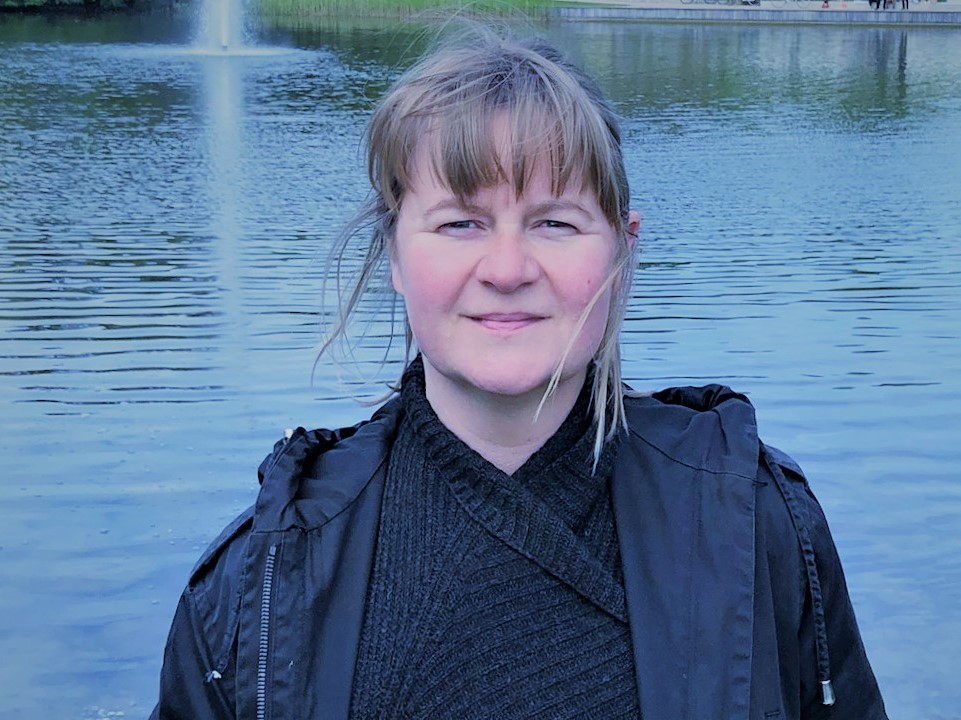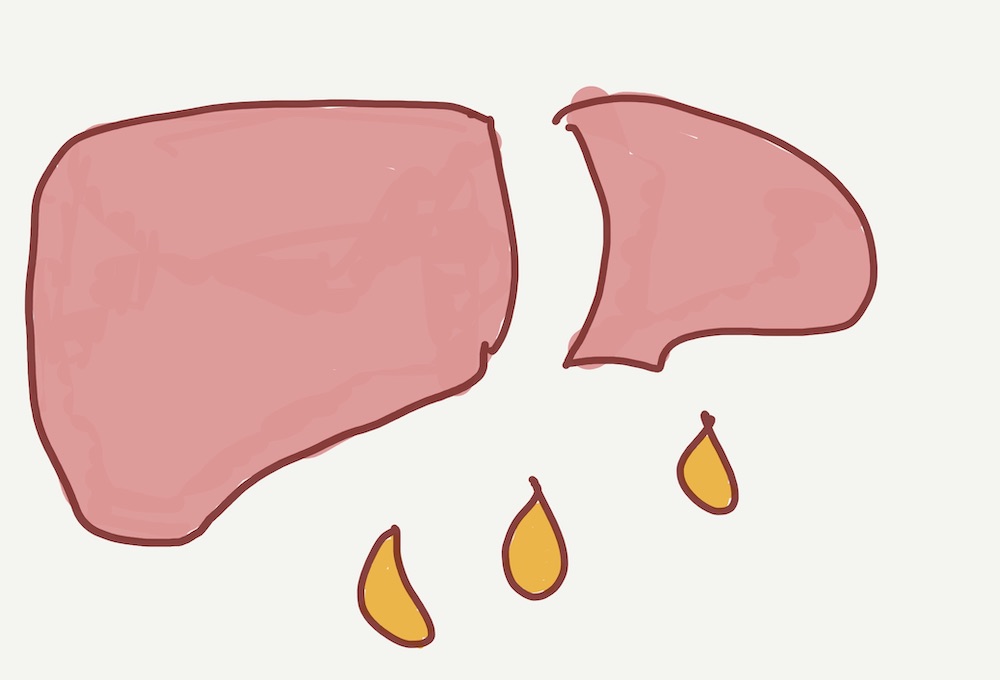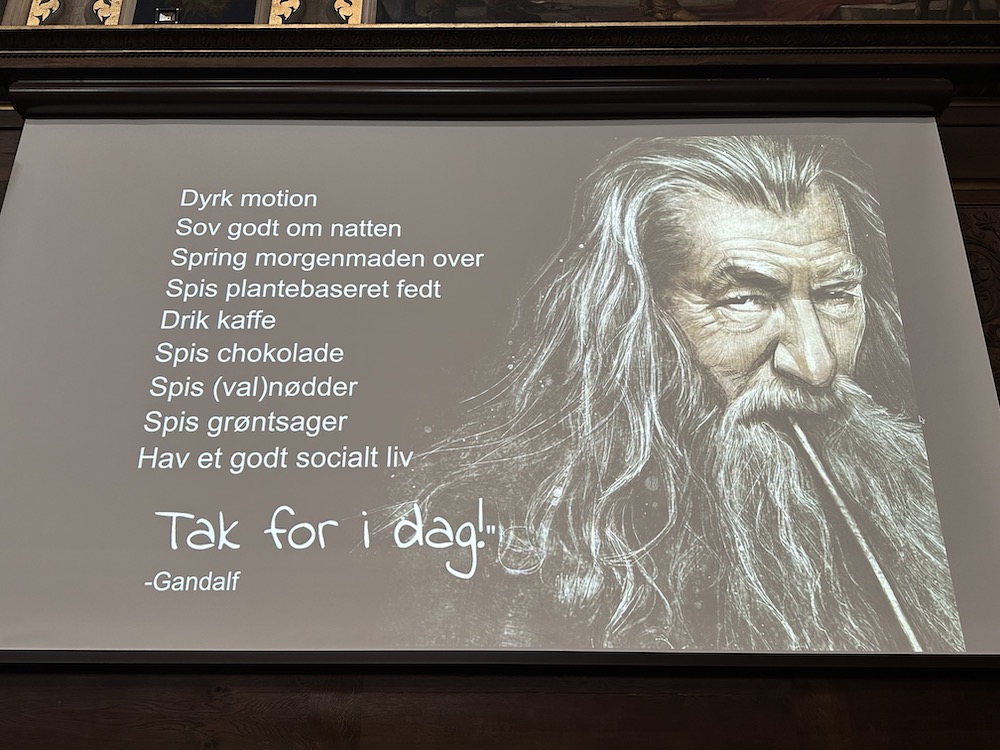
Research Promises New Prognoses for Fatty Liver
Fatty Liver disease is very common in the Western hemisphere. The liver is the most central organ; everything you digest first arrive and pass through your liver. The only way to diagnose fatty liver decease is with a liver biopsy, obtained through a thin needle that subtracts small part of the liver tissue for inspection by pathologists. We need more ways of diagnosing fatty liver – and not least of making predictions on who are the few with the diagnosis, who have the worst and most dangerous form of fatty liver, that might quickly progress onto cirrhosis and even liver cancer.
This is one of the projects of Majken Karoline Jensen, professor of epidemiology at the Department of Public Health at Copenhagen University. She is part of the Challenge Platform and has been working hard to get liver samples out of the pathological archives at various Danish hospitals for her science.
“When samples are collected from the archives, we get them sliced, stained, and digitised. They can be readily used for diagnostics (i.e. determining the disease present in the tissue), and assistance to the pathologists to do this via computer-based image analyses is currently where many biotech companies focus now,” according to Majken Karoline Jensen, who’s also adjunct professor at the Harvard T.H Chan School of Public Health, where she lead a research group for several years before returning to Denmark to work on the Challenge platform.
“In my group, we are interested in prognosis – can we say something about how this disease will progress. We look in to the future, and we can do this because of the Danish registries.”
What is fatty liver disease?
Your liver is the largest organ inside your body. It helps your body digest food, store energy, and remove poisons. Fatty liver disease is a condition where fat accumulates in the liver and leads to liver inflammation and ultimately to death of liver cells
More about fatty liver
What is unique worldwide about her project is that the scientists can look into what happened after the biopsies. Linking the digitised liver samples up against data from Statistics Denmark they can look into what actually did happen afterwards.
“We know place and time. We selected biopsies from 2010 and earlier to make sure there was time to progress,” she said.
The liver samples are spread all over pathology departments across Denmark, and retrieved from various hospitals and regions of Denmark. For this project, the Challenge Platform partnered with Hvidovre Hospital and work closely with Lise Lotte Gluud, Professor of Hepatology and the pathology department there.
“They have a huge and longstanding expertise when it comes to fatty liver, and there is no better place we could chose for having the liver samples handled” says Majken Karoline Jensen. For the specific project Lise Lotte Gluud and Majken will jointly supervise a newly educted medical doctor, Andreas Bartholdy, who will enroll in the PhD programme at University of Copenhagen.
The Archaeologist
So, Majken Karoline Jensen is – opposite most of the pathologists and hepatology researchers that often go after the freshest samples – interested in the older samples of Fatty Liver. She sometimes feels a bit like an archaeologist.
“For us, the gold mine are the old historical samples, because then we have the rich data history and can see what really happened after,” she said and knows of no others doing the same, or other countries where this is even possible.

Researchers call fatty liver a black box decease, as nobody knows what is going on inside a liver, unless you have biopsy. They compare it to dementia, where you don’t have access to the brain unless you are dead.
Risk Stratification
Today, when doctors diagnose patients with fatty liver and send them for a biopsy, they are all placed in the same box, but some of them could have a benign fatty liver, and live for a long time without any further progression, whereas others are at high risk of morbidity and mortality.
“We believe we can find the predictors in liver tissues and thus point to those 2% who have the severe version of the disease. There is a difference between risk factor and risk indicator. We look for facts that indicate and then secondly understand the risk, which will give the patient and the doctor a chance to do something about it. It is risk stratification,” says Majken Karoline Jensen.
There are 200.000 liver samples in Denmark. But the ones professor Jensen needs should be over 10 years old and have both fat and inflammation present (a disease stage in fatty liver called fibrosis), there are only 780 of these. And she wants to collect them all. It is slow and heavy work, and for now she and her team have collected, sliced, strained and digitised 50 of them.

